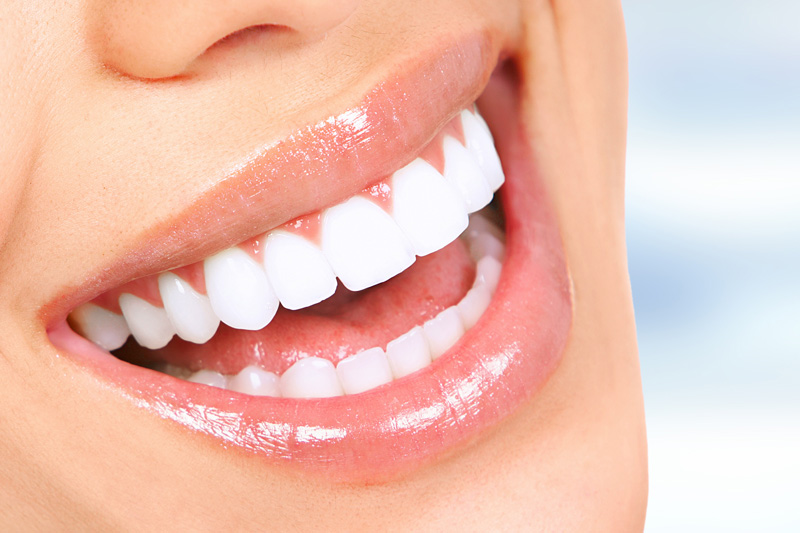
Periodontal Disease Treatment in Chicago
Periodontal disease, also referred to as gum disease, is an infection of the gums. Periodontists are dentists who specialize in the prevention, diagnosis, and treatment of periodontal disease. Treatments for periodontal disease come in two forms. We have nonsurgical treatments used to treat the initial stages of periodontal disease (gingivitis), and surgical treatments used to treat the later stages of the disease.
Nonsurgical vs. surgical treatments for periodontal disease
Factors that will determine your treatment options include:
- The stage of gum disease.
- Your existing oral health.
- Your existing overall health.
- Your ability to follow post-treatment oral hygiene instructions.
Nonsurgical periodontal disease treatments
Nonsurgical treatments for periodontal disease include:
Dental prophylaxis
A dental prophylaxis is a routine dental cleaning for removing plaque and tartar. If you have gingivitis (the first stage of periodontal disease), professional dental cleanings and help you reverse the symptoms.
Scaling and root planing
Scaling and root planing is a deep dental cleaning that reaches deep beneath your gum line to remove plaque and tartar. It also involves smoothing rough surfaces on your root. This procedure is done under local anesthetic.
Antibiotic therapy
Your periodontist may use antibiotics to control infection.
Laser periodontal therapy
The procedure involves using a tiny laser to remove infected tissue.
Surgical periodontal disease treatments
People with moderate to advanced stages of periodontal disease usually require surgical intervention. Surgical treatments for periodontal disease include:
Pocket reduction surgery (flap surgery)
Involves creating an incision along your gum line to temporarily move your gums away from your teeth in order to access the root. The procedure is done to remove tartar and clean the area.
Bone grafting
Your periodontist may use your own bone or a donated bone to rebuild areas that have been damaged by periodontal disease in a procedure known as bone grafting.
Gum grafting
Gum grafting repairs receded gums using your own tissue taken from the roof of your mouth or synthetic tissue.
Guided tissue regeneration
Involves placing a membrane that blocks your gum tissue from growing where the bone should be. This allows the damaged bone to regenerate.
If you suspect that you have the symptoms of gum disease such as red, swollen, and bleeding gums, reach out for help early. Call us and set up a consultation with our periodontists.

